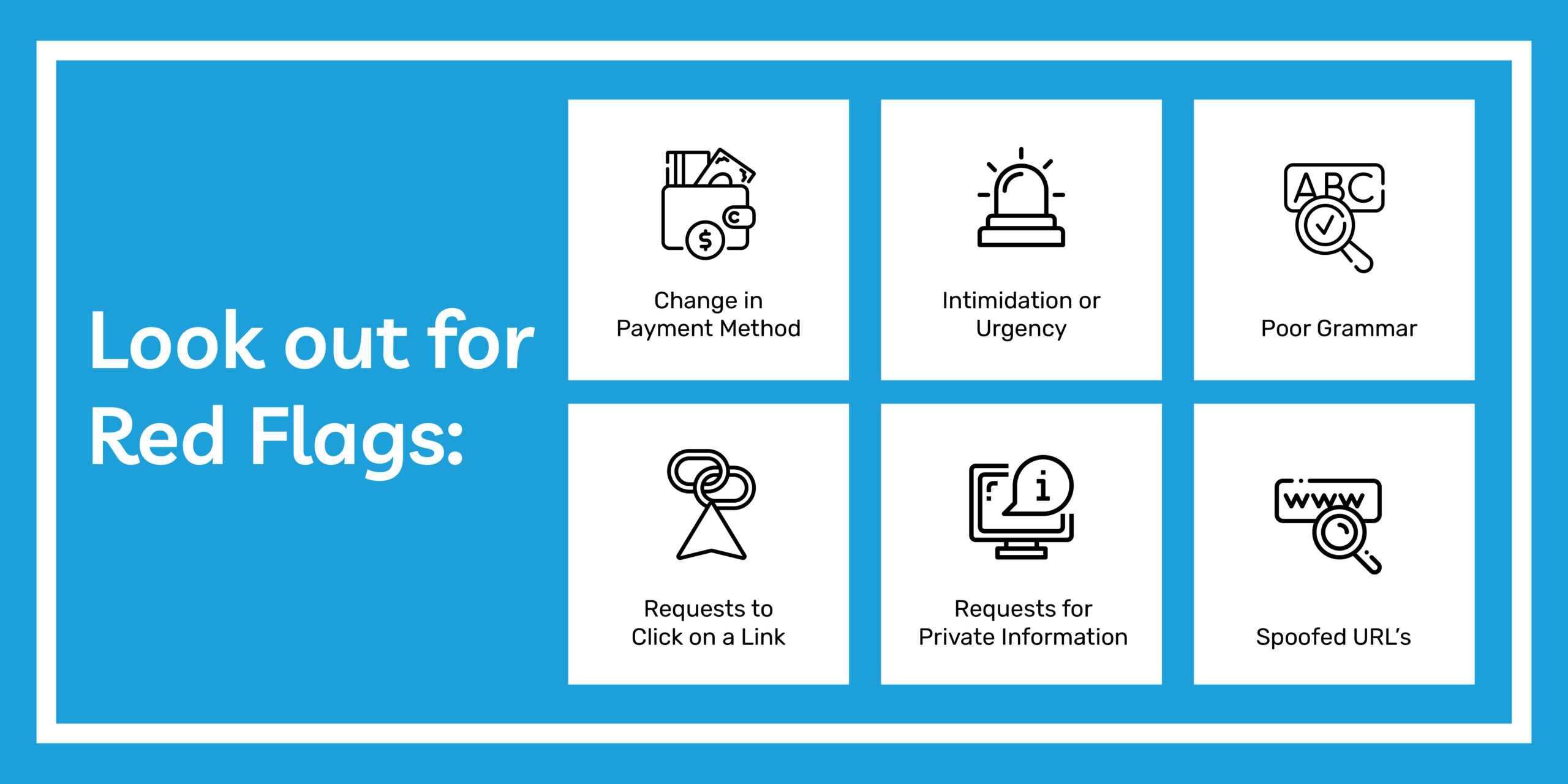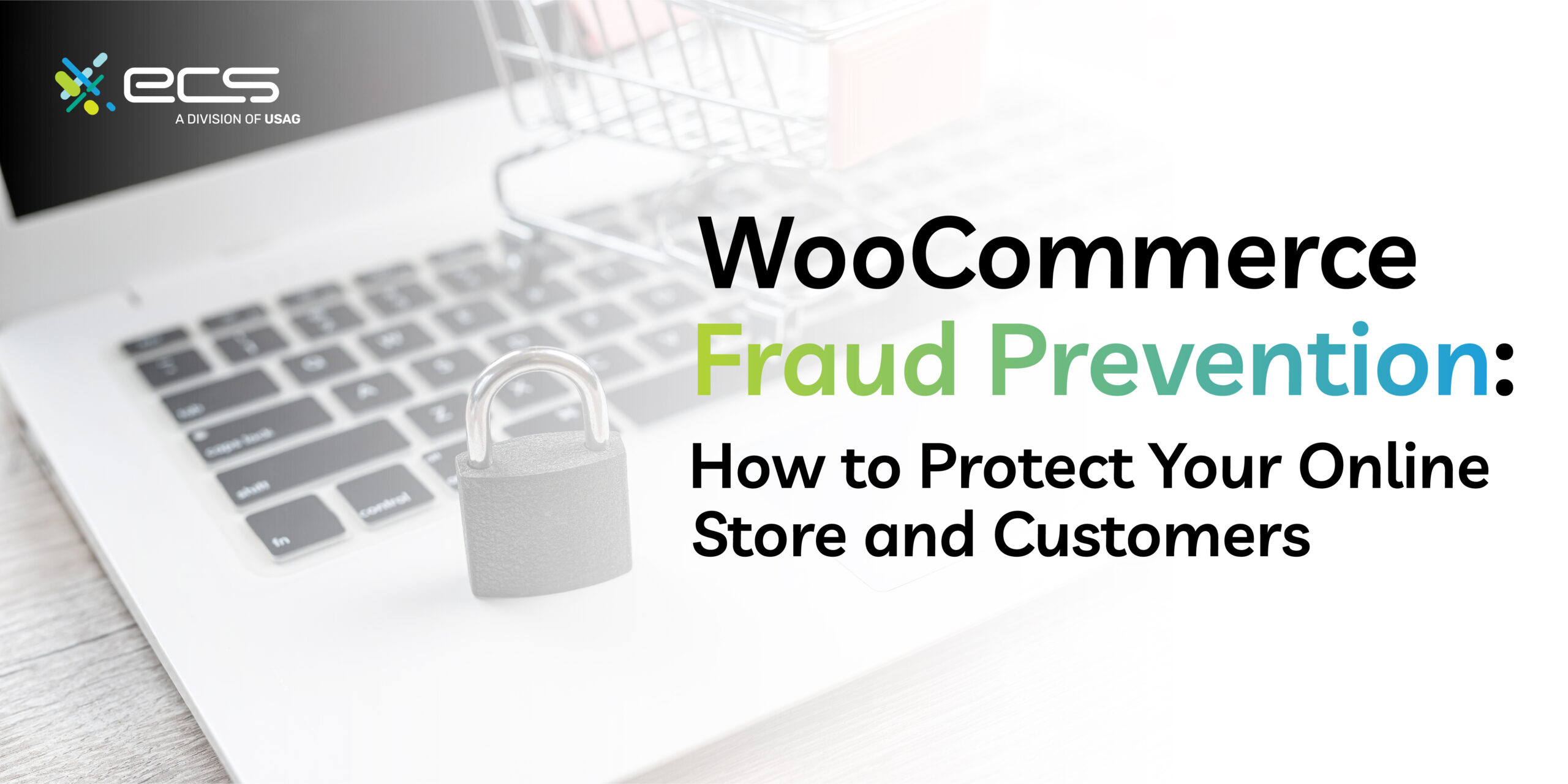Imagine logging in one morning to your online store expecting to see another day of solid sales. Instead, there are multiple chargebacks, angry emails from people claiming they never bought anything from your company, and a notice from your payment processor about suspicious transaction activity. It happens fast and it hits hard. Most of the time, the cause comes down to one thing: Fraud.
Fraud is more than a financial loss. It damages your reputation, erodes customer trust, and can put your entire business at risk. Fraudsters are becoming more sophisticated every year, which means merchants must be proactive to protect their stores before the problem spirals out of control.
Understanding the Types of WooCommerce Fraud
WooCommerce fraud takes several forms, and recognizing each one helps you choose the right prevention strategy.
One of the most common threats is card-not-present fraud. Criminals use stolen credit card information for online purchases, leaving the merchant liable when the real cardholder disputes the charge.
Another growing problem is chargeback fraud, or friendly fraud. A customer makes a legitimate purchase but, later, will dispute the charge on their account with their bank, often claiming the product never arrived (even if it did) or the transaction was not authorized.
Also on the rise is account takeover fraud. Hackers steal customer login information, sometimes through phishing or data breaches, and then use those accounts to steal personal data and/or make fraudulent purchases.
Refund abuse is a different tactic altogether. Fraudsters exploit flexible return policies to keep both the product and the refund, costing merchants revenue and inventory.
The scale of this issue is significant. Losses to online payment fraud were estimated at $44 billion. Even though this figure declined in comparison to 2023, online payment fraud is still forecasted to surpass the $100 billion by 2029, underscoring the urgency for WooCommerce store owners to safeguard their systems now.

Spotting the Red Flags
A report from Experian links stolen identities directly to eCommerce fraud, with fraud and identity theft losses topping $12.7 Billion in 2024, proving why fraud prevention solutions are essential. Fraudulent orders often leave behind clues including:
- mismatched billing and shipping address
- unusually large orders, especially if they request expedited shipping.
- Multiple failed payment attempts followed by a successful one s
- Orders coming from high-risk countries or IP addresses
The sooner you spot these patterns, the faster you can stop fraudulent transactions before they become expensive problems.
Using WooCommerce’s Built-in Fraud Prevention Tools
WooCommerce actually gives you a head start when it comes to fraud prevention. Within the platform, you have fraud prevention tools where you can tweak settings so orders that look suspicious get flagged automatically instead of slipping through unnoticed.
For store owners who want extra protection, there are plugins like WooCommerce Anti-Fraud or FraudLabs Pro. These tools score transactions in real time so you can quickly see which ones might need a closer look before processing.
On top of that, eCommerce integrates easily with third-party fraud screening tools. This is where you can layer in features like CAPTCHA on your checkout page, 3D Secure for credit card payments, or email verification for new customers.
Some merchants face greater risks because of high sales volumes or the industries they serve. For these businesses, advanced solutions make sense.
Machine learning and AI fraud detection tools analyze thousands of data points in real time to detect unusual transaction patterns. Tokenization and encryption protect sensitive customer information by replacing it with secure, unusable data. Multi-factor authentication adds another barrier against account takeover attempts.
For businesses that process their online transactions with ECS Payments, our integrated gateways come standard with security features and an in-house risk monitoring team. These steps may sound small, but they make it much harder for fraudsters to get through while keeping the checkout experience smooth for legitimate buyers.
Best Practices for WooCommerce Fraud Prevention
Prevention goes beyond tools. It requires a well-rounded strategy that combines technology, process, and training.
Enable Address Verification Service (AVS) and CVV checks so you can confirm the billing information matches the cardholder’s data. Set sensible order limits to flag purchases far above your average order size for manual review.
Keep your site secure with SSL certificates and update WooCommerce and all plugins regularly. Outdated software leaves your site open to vulnerabilities that fraudsters can exploit.
Finally, train your staff to recognize suspicious activity and respond quickly. Forbes notes that proactive fraud monitoring reduces losses dramatically, proving that prevention pays for itself.
How ECS Payments Helps WooCommerce Merchants
WooCommerce merchants need more than software tools. They need a payment processor that understands fraud prevention and can provide real solutions.
ECS Payments offers payment gateways with built-in fraud detection to help block suspicious transactions before they clear. Our real-time monitoring tools reduce false declines while keeping fraud at bay. We also provide expert chargeback mitigation services and support for high-risk merchants who face greater exposure to fraud.
Protect Your WooCommerce Store Today
Fraud is not going away. If anything, with AI advancements, it is becoming more complex with every passing year. WooCommerce store owners need to combine built-in tools, industry best practices, and the expertise of a payment processor like ECS Payments to stay ahead of the threats.
Your customers expect a secure shopping experience. Your revenue depends on it. Work with ECS Payments today to protect your WooCommerce store and keep fraud from disrupting your business.
